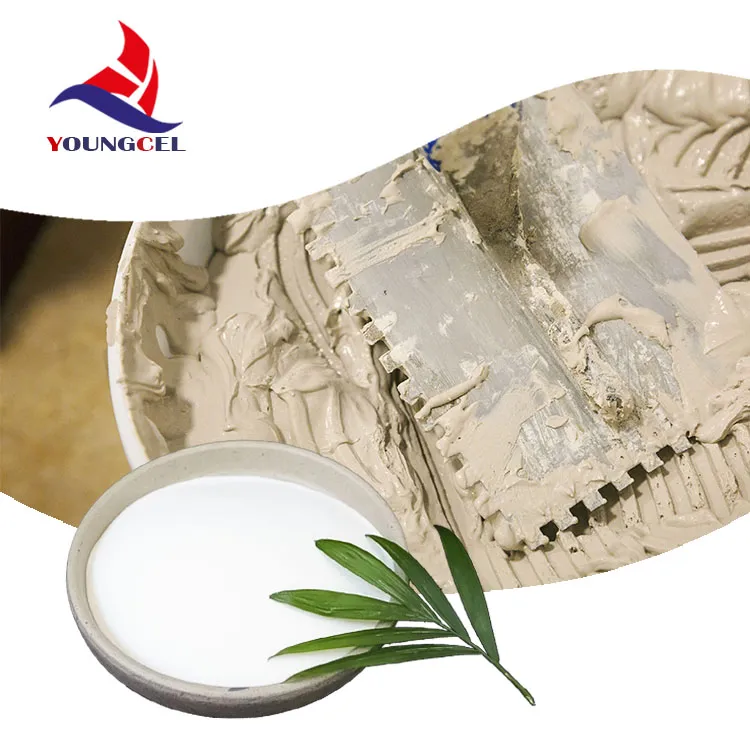Chemicals Used in Paints A Comprehensive Overview
Paints are an integral part of our daily lives, enhancing aesthetics, providing protection, and serving various functional purposes in residential, commercial, and industrial applications. The formulation of paints is complex, involving a mixture of various chemicals that act as binders, pigments, solvents, and additives. Understanding the role of these chemicals can illuminate the reasons behind paint performance and safety.
1. Binders
Binders, also known as resins, are the fundamental components of paint that hold the pigment particles together and provide adhesion to the surfaces. There are several types of binders used in paints, each contributing different properties
- Acrylics Widely used in water-based paints, acrylic binders offer excellent durability, UV resistance, and color retention. They are favored for both interior and exterior applications, due to their flexibility and ease of cleanup.
- Alkyds Common in oil-based paints, alkyd resins provide a hard, durable finish. They are particularly resistant to wear and tear, making them suitable for high-traffic areas.
- Polyurethanes Known for their toughness and chemical resistance, polyurethane binders are often used in paints requiring high durability, such as those used on wood floors and industrial surfaces.
2. Pigments
Pigments are the colored substances in paint that impart color and opacity. They can be classified into two main categories organic and inorganic.
- Organic Pigments These pigments are derived from carbon-based compounds and can produce vibrant colors
. However, they may be less stable in terms of lightfastness and may fade over time.- Inorganic Pigments Typically more stable and durable, inorganic pigments are often mineral-based (like titanium dioxide for white paints or iron oxide for earthy tones). These pigments tend to have excellent lightfastness and are less likely to fade.
chemicals used in paints

3. Solvents
Solvents are liquids that dissolve the binder and pigments, allowing for a smooth application of paint. They are crucial in controlling the viscosity and drying time of the paint.
- Water The primary solvent in water-based paints, it evaporates quickly, allowing for faster drying times. Water-based paints generally have lower levels of volatile organic compounds (VOCs), making them more environmentally friendly.
- Organic Solvents Found in oil-based paints, these solvents (like mineral spirits or turpentine) allow for a smoother finish but can emit higher levels of VOCs, which may pose health risks when inhaled. The use of such solvents is being phased out in many formulations due to regulatory changes aimed at reducing air pollution.
4. Additives
Additives enhance or modify specific properties of the paint, improving its performance. Common additives include
- Surfactants These help improve the wetting properties of the paint, ensuring even application and minimizing issues like foaming.
- Thickeners Used to adjust the viscosity of paint, thickeners ensure the paint adheres well to surfaces and reduces drips.
- Preservatives To prevent microbial growth in paint, preservatives are added, especially in water-based formulations, extending the shelf life of the product.
Conclusion
The chemistry behind paints is intricate, and the right combination of binders, pigments, solvents, and additives is crucial for achieving desired properties like durability, finish, and environmental impact. As environmental awareness grows, many manufacturers are investing in developing low-VOC and eco-friendly formulations, making paints safer for both users and the environment. Understanding these chemicals allows consumers to make informed choices, ensuring that the paints they select meet their needs while being mindful of health and environmental considerations.
-
Premium Detergent Grade HPMC Hydroxypropyl Methylcellulose: Superior Thickening & StabilityNewsAug.31,2025
-
HEC 100000 Hydroxyethylcellulose for Paint | Superior ThickeningNewsAug.30,2025
-
Wall Putty Rdp Powder Packaging DesignNewsAug.29,2025
-
Introduction to Hpmc Hydroxypropyl Methyl CellulosNewsAug.29,2025
-
Hpmc Industri Grade IntegrationNewsAug.29,2025
-
How to Choose the Right Construction AdhesiveNewsAug.29,2025




